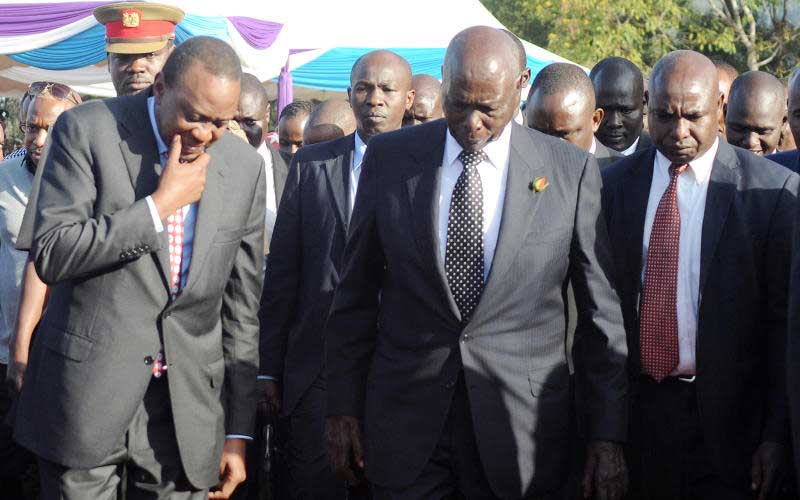×
The Standard e-Paper
Kenya’s Boldest Voice

President Uhuru Kenyatta (left) with former President Daniel Arap Moi (centre) at a past event in 2016. President’s associates reveal behind-the-scenes moves that led to the unveiling of Uhuru as his heir apparent, and how Raila had not seen it coming. [File, Standard]
In 2002, Kenya’s air was politically expectant. Politicians were agitated. An era was about to end.